How do nitrogen generators work? In the realm of gas production, the mechanics behind nitrogen generators stand as a testament to scientific ingenuity. These marvels of engineering harness the principles of pressure swing adsorption (PSA) and membrane separation to extract high-purity nitrogen gas from the surrounding atmosphere.
Operating on the bedrock of molecular sieves and selective permeability, PSA nitrogen generators meticulously sift through compressed air, separating oxygen and other contaminants to yield a stream of pristine nitrogen.

Similarly, membrane nitrogen generation units use semipermeable membranes to selectively allow nitrogen molecules to pass, leaving behind undesirable elements like oxygen and water vapor. The synergy of these processes ensures the on-site generation of nitrogen gas, a versatile and invaluable resource across diverse industrial applications.

Nitrogen generator basics
Nitrogen generators, whether using (PSA) or membrane technology, operate on the principle of selectively extracting nitrogen gas from the surrounding air. In a PSA nitrogen generator, carbon molecular sieve materials facilitate the separation of nitrogen and oxygen molecules under varying pressures.
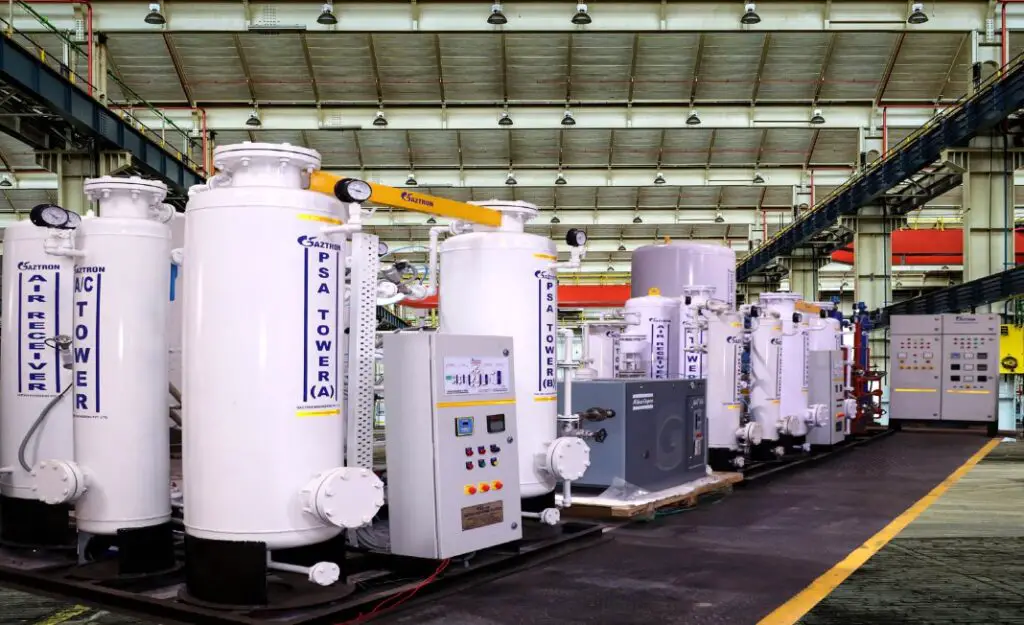
The process involves cyclic compression and decompression of air, ensuring that nitrogen purity meets the desired levels. On the other hand, membrane nitrogen generators use selective permeability, allowing only nitrogen molecules to pass through. Both technologies provide on-site nitrogen production, eliminating the need for external sources.
The generated nitrogen finds application across diverse industries due to its inert properties and high purity levels, making it a cost-effective and efficient solution for various processes.

The science behind nitrogen production
The production of nitrogen gas involves intricate scientific processes, especially within nitrogen generators. These devices operate on the principle of PSA or membrane technology. In the PSA method, compressed air undergoes separation, with oxygen molecules being selectively adsorbed, leaving a purified nitrogen stream.
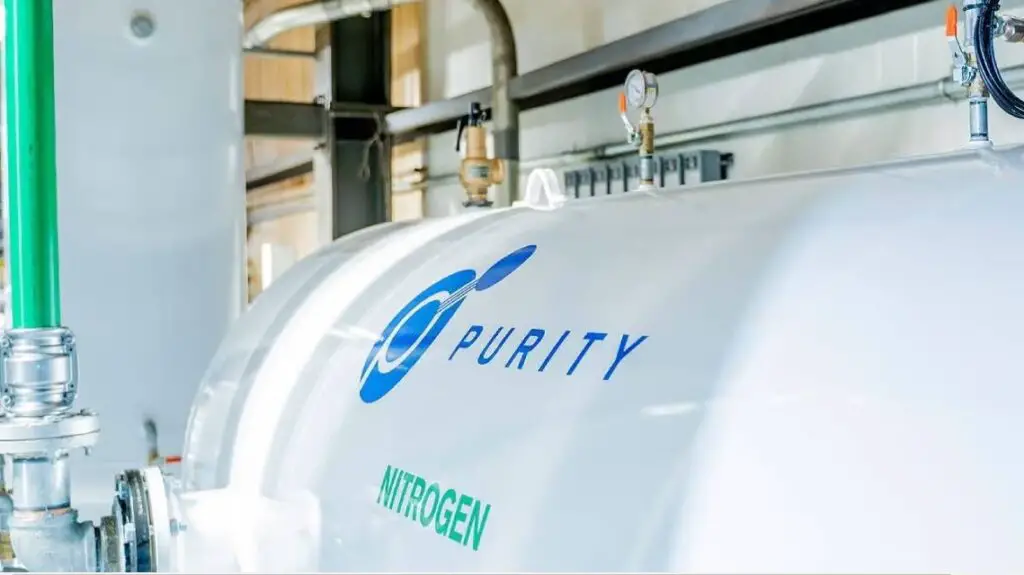
Meanwhile, membrane nitrogen generators use semi-permeable membranes to selectively permeate nitrogen, excluding oxygen and other gases. Both processes effectively yield high-purity nitrogen gas. The air, rich in nitrogen, undergoes further refinement to eliminate carbon dioxide and water vapor, ensuring the production of high-purity nitrogen.
These advancements in on-site nitrogen generation make it a reliable and efficient method, eliminating dependence on external sources and air compressors.
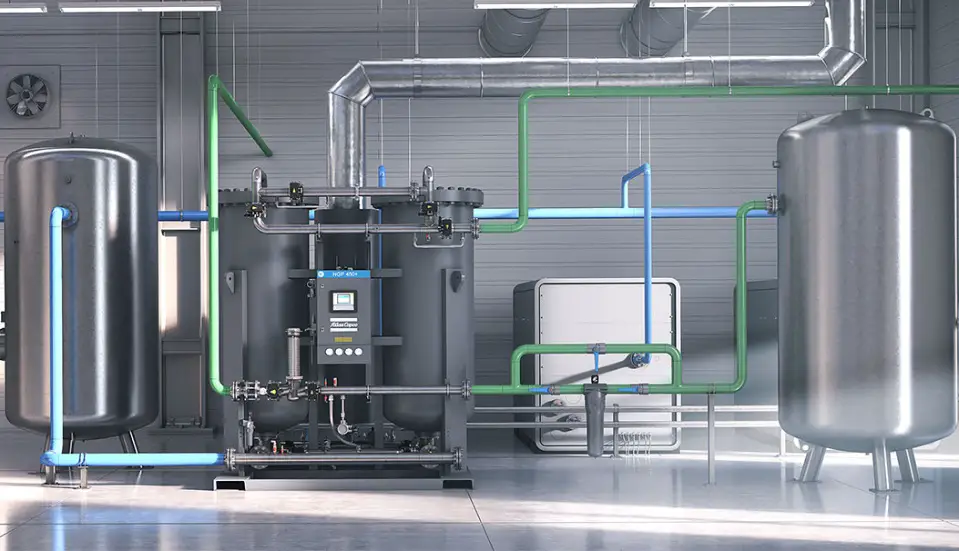
Principles of Nitrogen Generator Operation
The operation of a nitrogen generator hinges on the fundamental principles of gas separation. Whether using a Pressure Swing Adsorption (PSA) or a Membrane Nitrogen Generator, the process starts with compressed air.

In the PSA nitrogen generator, carbon molecular sieves act as the separation medium, absorbing oxygen and water vapor from the compressed air stream. On the other hand, a Membrane Nitrogen Generator uses selective permeability to allow only nitrogen to pass through, leaving behind oxygen and other gases.
Both methods result in the production of ultra-pure nitrogen gas, making on-site nitrogen generators a reliable source for various industries requiring inert gas applications.
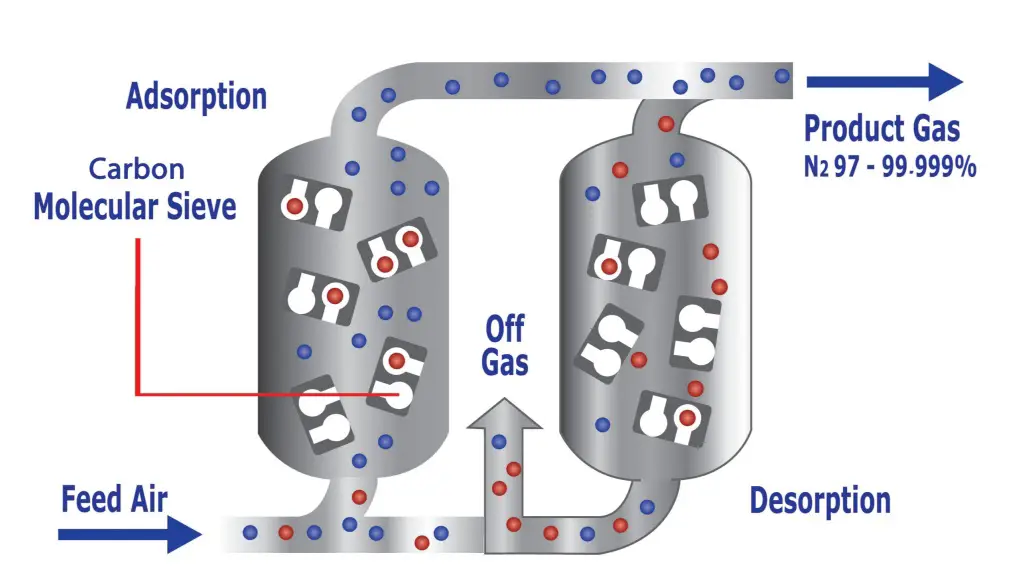
Dissecting the nitrogen generation process
The nitrogen generation unit process involves the usage of compressed air to extract nitrogen gas from the surrounding atmospheric air. This method exploits the unique characteristics of nitrogen gas. This nitrogen gas exhibits separation tendencies when subjected to specific conditions.
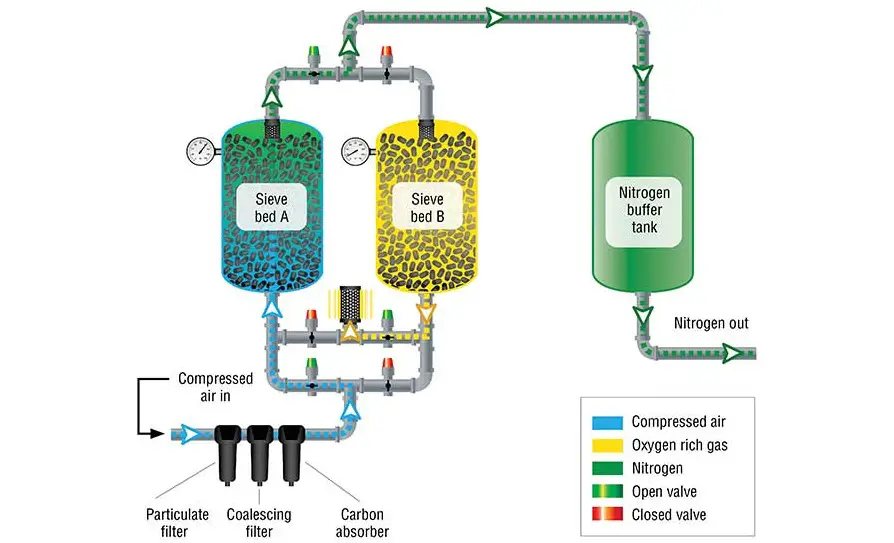
The process occurs within nitrogen gas generators, where the compressed air stream undergoes a meticulous separation process. This involves passing through materials such as granular activated carbon and carbon molecular sieve (CMS).

These substances act as agents for the separation, allowing nitrogen to be produced efficiently. Each element in the process contributes to the overall efficiency, making the nitrogen production system a self-sustaining and reliable method for obtaining nitrogen gas.
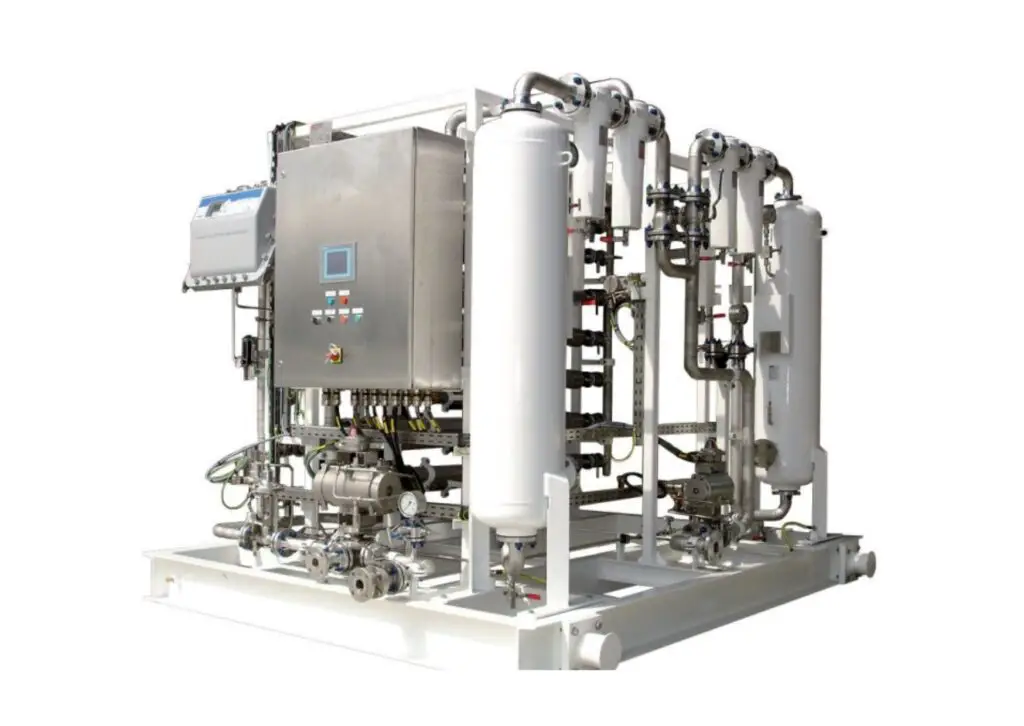
Understanding nitrogen generator technology
Understanding the technology behind nitrogen generation units is crucial in grasping the essence of nitrogen production. These systems rely on the principle of extracting nitrogen from the surrounding air, using the distinct properties of nitrogen gas compared to other components in compressed air.
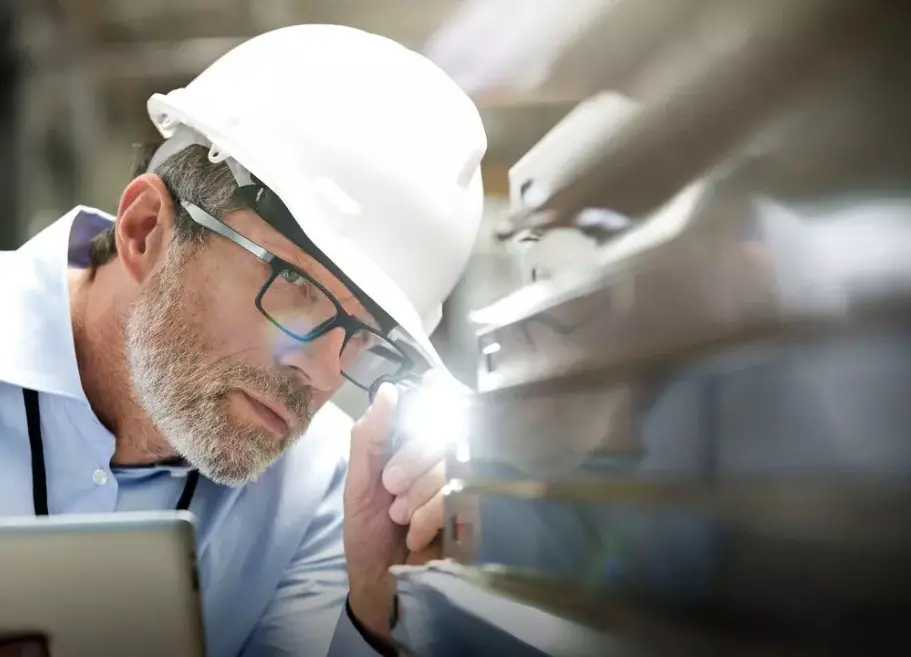
Nitrogen, being less reactive, can be separated through various techniques such as membrane or PSA (Pressure Swing Adsorption) methods. The beauty of nitrogen generators lies in their ability to provide a consistent and on-demand supply of nitrogen without the need for external sources.
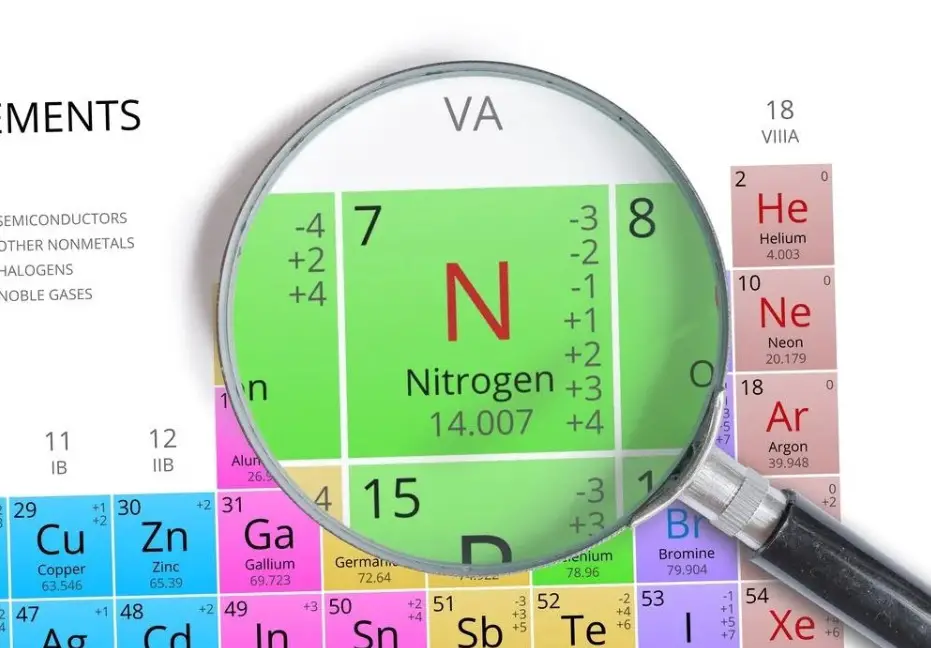
This self-sufficiency in nitrogen production makes these generators highly efficient and cost-effective for industries requiring a reliable nitrogen supply. The comprehension of this technology is paramount for businesses seeking optimal nitrogen usage and the advantages it brings to various applications.
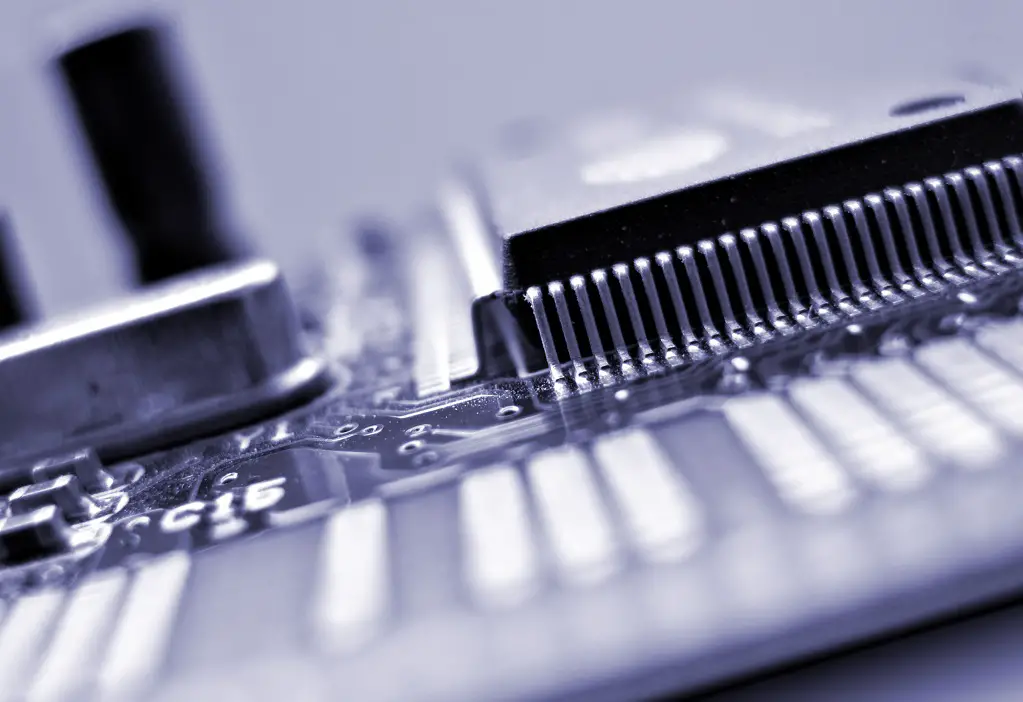
Applications and advantages of nitrogen generators
In diverse industries, the applications and advantages of nitrogen generators are profound. By harnessing compressed air, these generators facilitate the extraction of nitrogen from the air mixture, showcasing the versatility of self-sufficient nitrogen production.
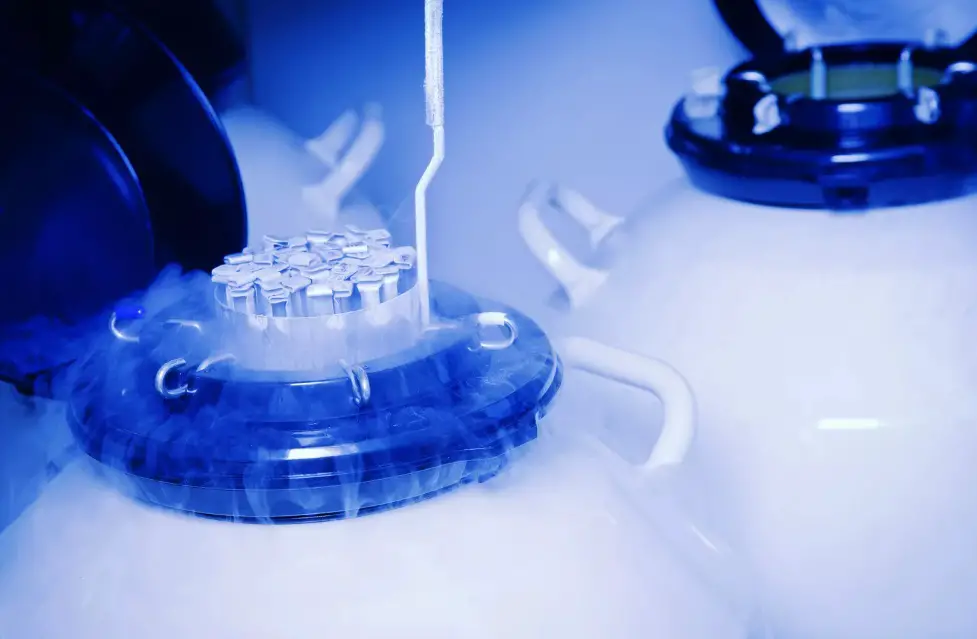
The purity of nitrogen performed is a testament to the precision of advanced separation techniques, such as membrane separation or pressure swing adsorption. The applications span from pharmaceuticals to electronics, where the inert properties of nitrogen play a pivotal role in enhancing product quality and safety.
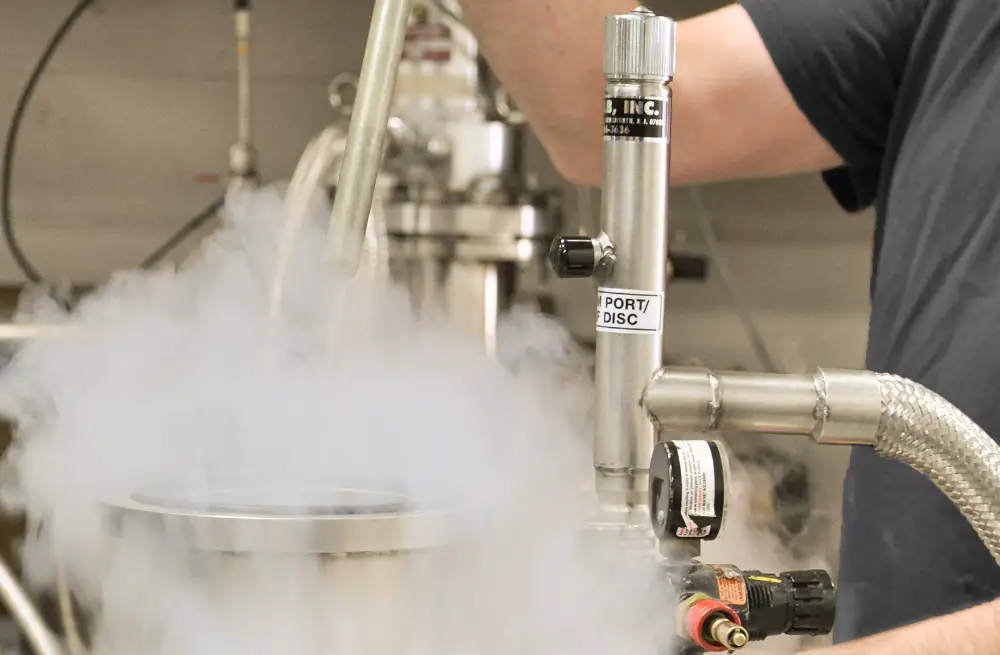
One of the key advantages lies in the independence from external suppliers, granting businesses control over their nitrogen supply. This not only ensures a continuous and reliable source but also contributes to cost-effectiveness.
As industries recognize the economic and operational benefits, the usage of nitrogen production system units continues to grow, revolutionizing processes that demand a consistent and high-purity nitrogen supply.
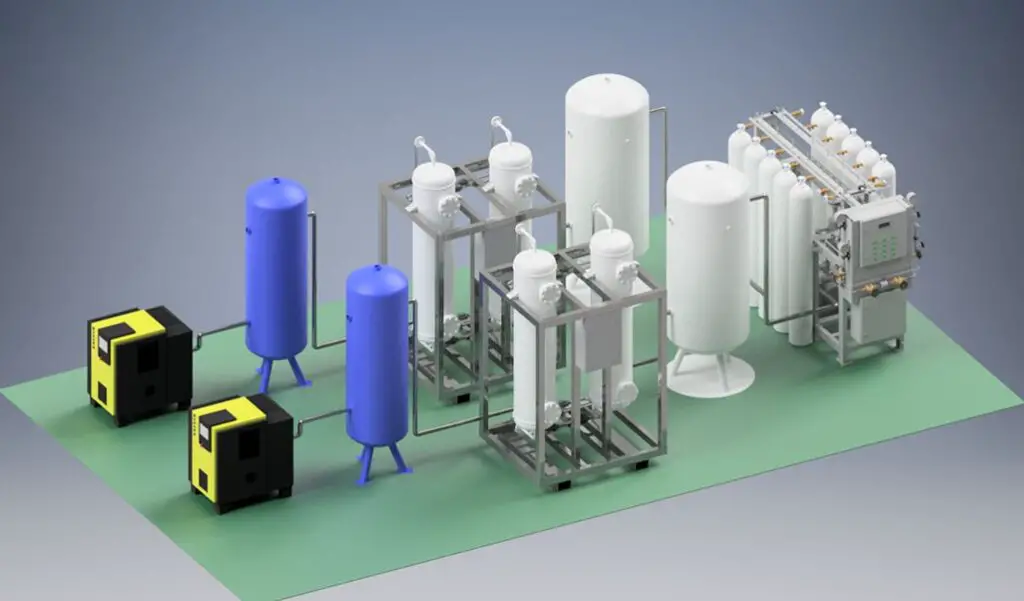
Conclusion
The intricacies of nitrogen generators unravel a fascinating world of compressed air manipulation and molecular separation.
How do nitrogen generators work? The magic lies in the ability to exploit the unique properties of nitrogen gas, showcasing its distinct behaviors under various conditions. As we delve into the core of nitrogen production, it becomes evident that these generators are not merely machines but sophisticated systems orchestrating the transformation of compressed air into a valuable resource.

The nitrogen produced, devoid of impurities, embodies a purity that is essential for diverse applications. By mastering the art of creating their own nitrogen, industries, and laboratories achieve self-sufficiency, heralding a new era in resource management and operational efficiency.
The journey through the workings of nitrogen production system units leaves us with a profound appreciation for the scientific prowess harnessed to meet the demands of modern industries and scientific endeavors.
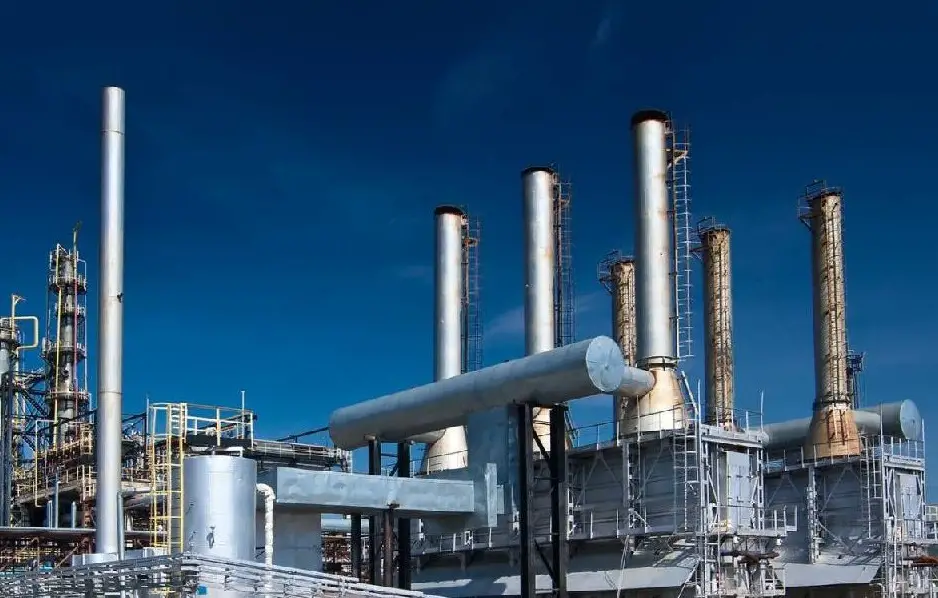
FAQ
Nitrogen generation units exhibit high reliability, leveraging advanced technology to consistently produce high-purity nitrogen, meet stringent industry standards, and ensure dependable performance.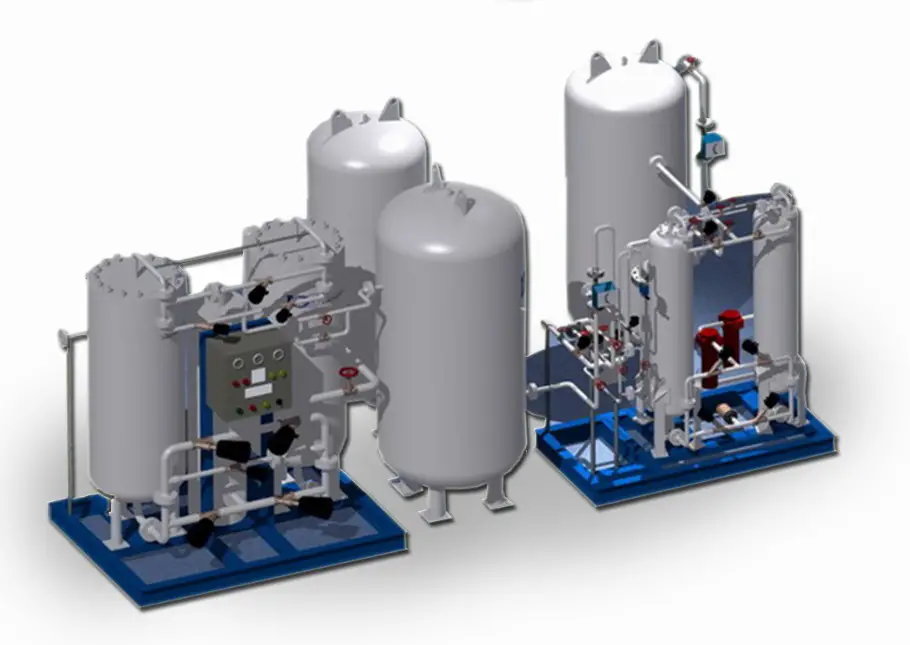
While generally safe, the risks associated with nitrogen generators lie in the potential mishandling of compressed air and nitrogen, emphasizing the importance of adherence to safety protocols and guidelines.
Nitrogen gas generation involves intricate processes such as membrane separation or pressure swing adsorption, where compressed air undergoes selective filtration, resulting in the extraction of nitrogen from the air mixture.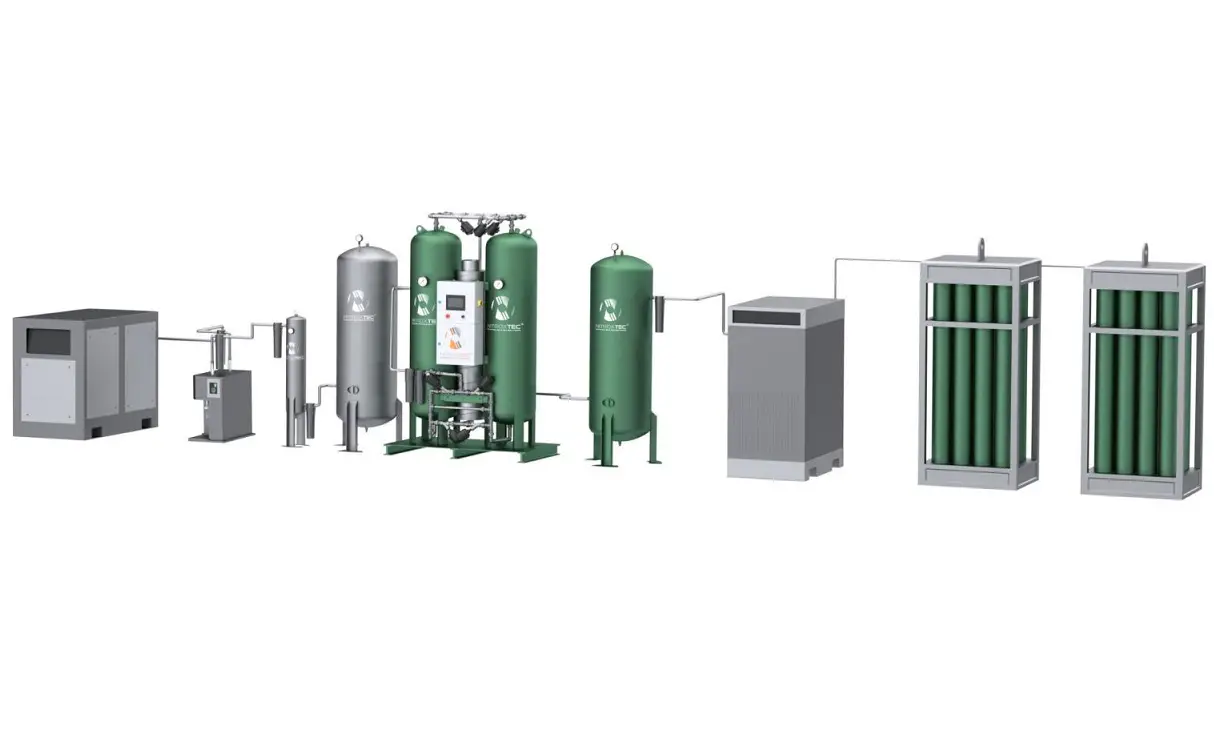
Absolutely, nitrogen generators rely on a steady supply of compressed air as a raw material for the nitrogen generation process, highlighting the necessity of a robust and efficient compressed air source for optimal functionality.

